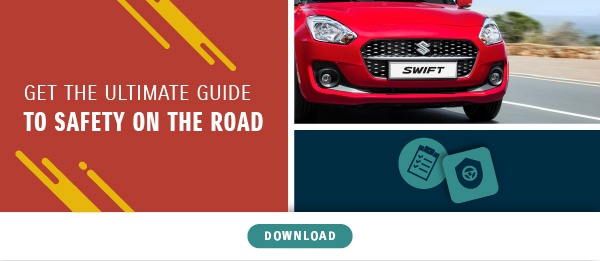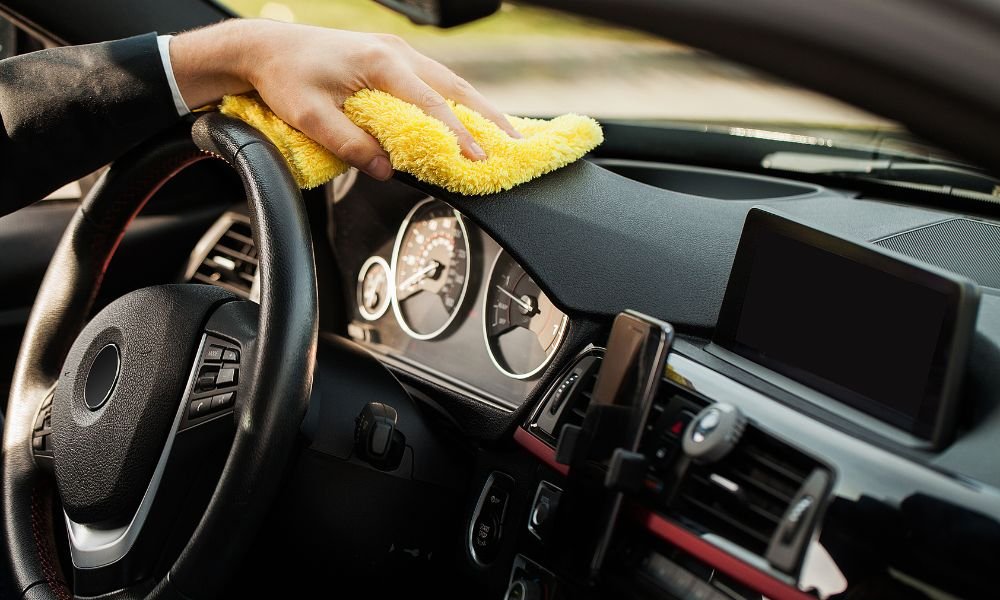SA on safety
[ad_1]

Photo by Markus Spiske on Unsplash
When it comes to vehicle safety, we all want to know we’ve chosen the best. The trick is identifying which is ‘the best’ for you specifically. If you’re doing 5 km in the city, you need slightly different safety requirements than someone who does 20 km on dirt roads every day. You need to know the difference between vehicle safety hype and reality in order to make the right decision for you.
Estimated reading time: 3 minutes, 31 seconds.
South Africa, and much of the rest of Africa, has a very different transport safety landscape than Europe, Japan or China–where most vehicles are manufactured. For the purposes of this post we’ll refer to ‘mobility safety’, because our local safety requirements stretch much further than the safety features found inside your vehicle.
In Europe, many people look down on vehicles that have a one- or two-star safety rating (and that’s not a bad thing, vehicle safety must always be improved), but in South Africa we must compare a lower-ranked entry-level vehicle with the alternatives. Consider the below statistics from the World Health Organisation (WHO):
- About 1.25 million people die each year as a result of road traffic crashes.
- 90% of the world’s fatalities on the roads occur in low- and middle-income countries, even though these countries have approximately 54% of the world’s vehicles.
- Nearly half of those dying on the world’s roads are “vulnerable road users”: pedestrians, cyclists, and motorcyclists.
South Africa is considered a low income country, and fewer than a third of SA households own a vehicle, which means the majority of South Africans make use of alternative transport.
The SA Safety perspective
When you consider all of the above factors, an entry-level vehicle makes much more sense in terms of safety than the alternatives. A vehicle with a comparatively ‘low’ rank on the European vehicle safety scale, is still a much safer option than walking, cycling, or using public transport in South Africa.
The fact is: achieving one or two stars in global safety tests does not make a vehicle unsafe. There is a big misconception that a low ranking means you are climbing into an unsafe vehicle. On the contrary, entry-level vehicles still have all the essential safety features such as ABS brakes, airbags, and seatbelts. Read this blog post for more detail on local vehicle safety standards.
An entry-level vehicle also puts a decent ‘buffer’ between you and the world. All Suzuki entry-level vehicles are designed with a ‘safety cage’ that envelopes passengers giving them as much protection as possible in the event of an accident. If you’re going to be hit by another vehicle, would you rather be on a bicycle or in an entry-level vehicle?
We need to start understanding this perspective in SA: choosing an affordable vehicle over spending the same money on public transport is still, for the foreseeable future, the safest mobility choice you can make.
Therefore, when you are next browsing entry-level vehicles, remind yourself of the alternatives. A well maintained, affordable vehicle will always be the safer choice on local roads.
To learn more about car safety, download and read the Ultimate Car Safety Guide.
[ad_2]
Source link





